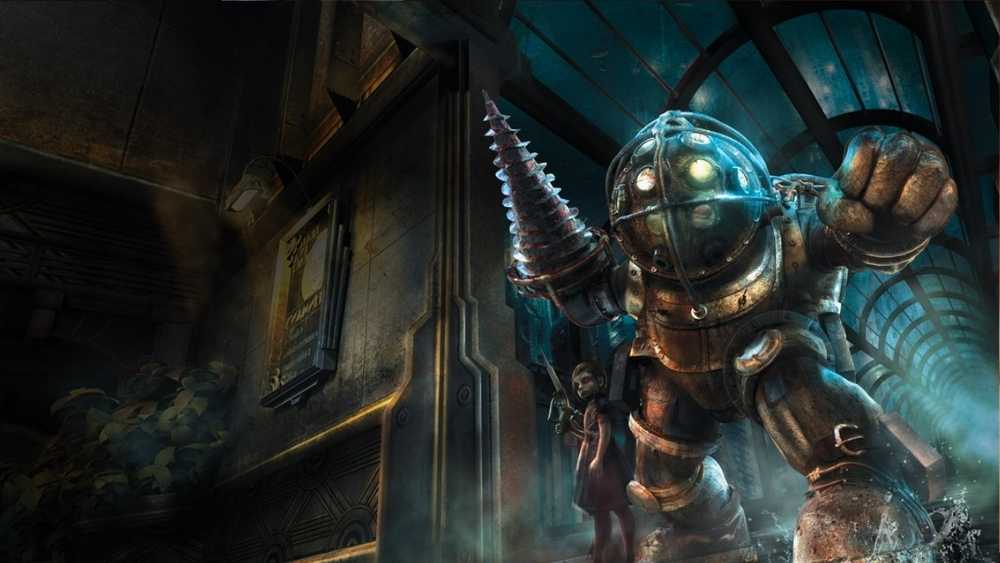For the longest time, I always believed that System Shock was a game like Bioshock. But, of course, I was far from right, Bioshock didn’t feature any need for stealth, and the RPG elements were very pseudo with a linear path that the players must take to finish the game. There are choices along the way, but only one of them is capable of affecting the ending.
In a fictional 1960, Bioshock takes place when our protagonist’s (Jack) plane crashes in the ocean, a weird coincidence that it should fall so close to a lighthouse, a lighthouse that leads to the Atlantean city – Rapture.
Bioshock, while linear, still puts more control in the player’s hands than other FPS games around at the time (CoD, Medal of Honour, etc.), allowing you to choose what you wish to invest in – plasmid upgrades or weaponry. There are enemies all around in Rapture; it could be the splicers – a mutated version of human beings that have gone psychotic and bloodthirsty; they are basically agile and talking zombies. There’s no reasoning with them other than with your gun. Other enemies include the famous big daddy, which you get to play as in the next instalment. Big daddies are, for the most part, lions of the jungle, they don’t care for your existence, but if you get close to one of the sisters the daddy has been assigned to, all hell breaks loose.
The game follows an overarching story with political narratives about communism, capitalism, and Rapture’s ideologies. Still, for the more focused part, it revolves around Jack and the weird coincidence that he finds himself at Rapture, a dilapidated marvel, precisely when someone needed his help.
Without further ado, here are 7 games like Bioshock that will surely quench your thirst.
1. Crysis

Crytek went out to change the industry for time to come with the release of Crysis, the spiritual successor to the first Far Cry. For years to come, “Can your PC run Crysis” was not a joke ironically asked for its meme potential. Crysis didn’t run on most hardware people had; those who had a dedicated GPU but was mid-end could barely sustain 15 FPS during the starting part of the game. Bear in mind this was a time before PC set the 60FPS standard. The best of the best PCs available at the time were barely running it at 40 FPS, but nobody minded that fact. The game was our first peek into photorealistic graphics that developers slowly adopted as technology and moved forward.
Still, I believe, for the most part, Crytek deserves credit for revolutionizing graphics for the gaming industry.
Crysis and Bioshock both start with you on a playing field and leave you to your devices. However, Crysis is far less linear, giving you an entire island to explore and complete objectives, and Bioshock has far more options with its upgrades and plasmid features.
Crysis is perhaps the only 2007 game that still holds up so well and can still bring some of the lower end PCs of today to its knees, but that’s not the only fascinating part about the game. It has excellent graphics, sure. Still, critics cannot ignore the gunplay and AI as they follow an equal quality. Crysis is a lot of fun if you haven’t played it yet.
2. Dishonored
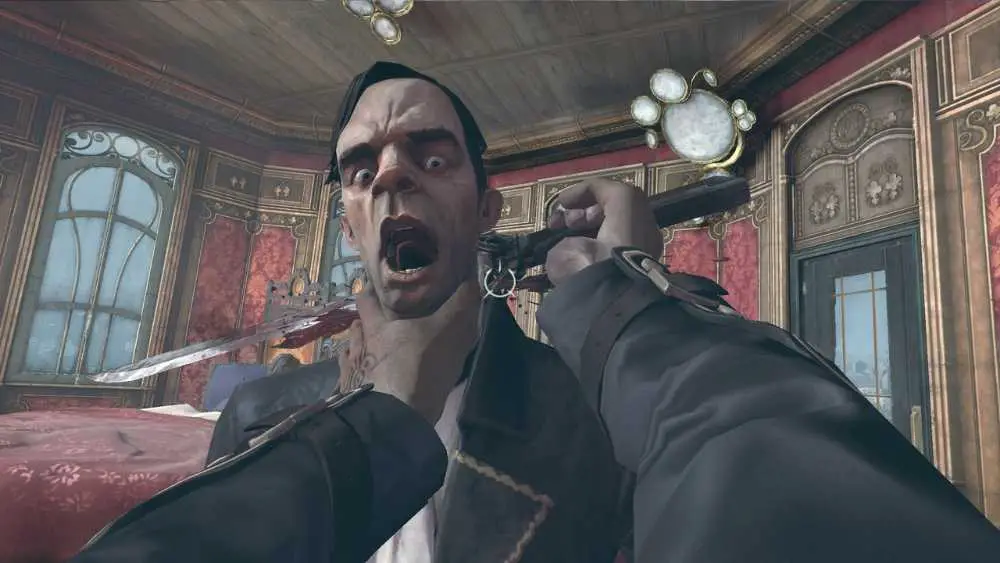
It’s a shame this is such an underrated title, and the sequel botched its release. Dishonored is my favourite FPS stealth game, only surpassed by the original Theif. Dishonored puts players in the shoes of Corvo, a loyal bodyguard to the Queen and starts just before she’s assassinated and Corvo is framed. Corvo sets out to escape his captors and clear his name, and of course, he seeks revenge for the murder of the Queen.
Dishonored’s gameplay features a dynamic ending that is directly related to the player’s playstyle. For example, if the player was too reckless and killed many enemies, the rats around spreading plague will use the bodies as food and replicate, which leads to one of the worst endings. On the other hand, being more stealthy and discreet allows for a better ending.
Like Plasmids, Corvo has otherworldly abilities, including teleporting, possessing another being (Animal or man), freezing time etc.
These abilities can let you do some of the most ridiculously satisfying things I have ever seen in a video game. For example, have a guard shoot at you, freeze time as soon as he shoots, now you can possess the guard and make him walk in front of his gun, as the time freeze lifts, he’d had inadvertently shot himself.
Dishonored is a “sandbox” stealth game that is too good to ignore.
3. Doom
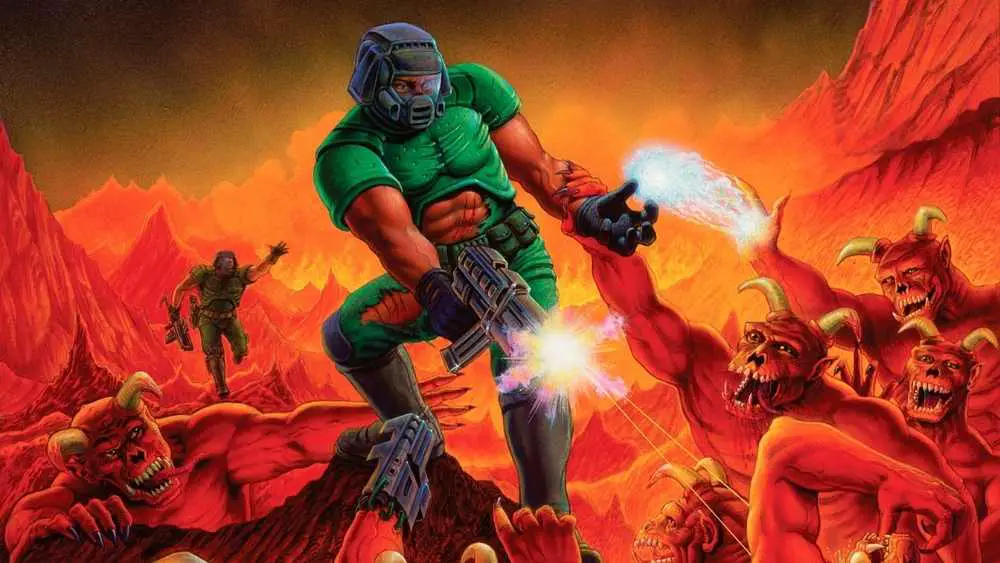
Doom was one of the first first-person shooters to ever explode in the gaming market. It became so popular that gamers labelled any other first-person a doom clone. However, after its not so enthused response from Doom 3, the IP laid dormant until 2016 when we got the first-in-line reboot simply titled – Doom.
Doom puts players in the shoes of the Doom Slayer, a man too angry to die. The Slayer had spent a millennium battling the dimension of hell. When they (demons) inevitably captured him and placed him in a sarcophagus, they did not take into account what would happen if he was ever set free, which is where the game begins. Doom did not follow the core gameplay loop of shoot get in cover to heal shoot again that was popularized by military shooters. Instead, if the player needs help or ammo, they have to be more aggressive and take more risks since you can only get resources on the battlefields from your fallen foes.
Doom has satisfying gunplay, and profound lore like Bioshock, the player enters the game with no idea what’s going on and repeat on playthroughs somethings make more sense; for example, the first hallway you step into initiates a spawn of an enemy who looks at you and screeches before running away, while this scream I first thought was just an aggressive primal roar, was actually a scream of terror – the Slayer is free.
Doom has fascinating gunplay and movement, added to that it doesn’t revolve around regenerating health and taking cover, making it a fresh experience.
All hail the coming of the destroyer. The Slayer’s time is now.
4. Far Cry
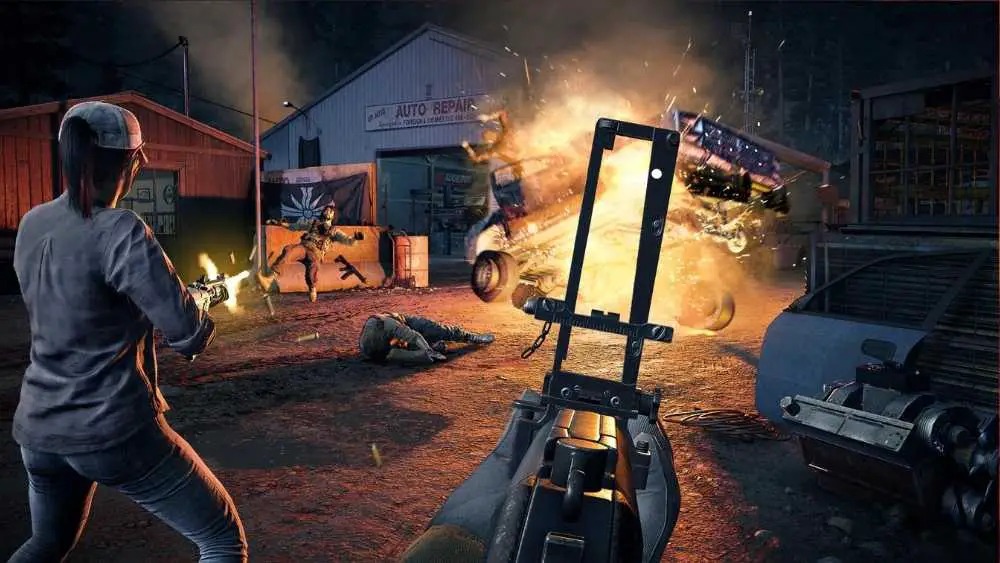
Far Cry is another title that has been plagued with Ubisoft’s yearly re-releases. Like Assassin’s Creed, Far Cry gets a title every year without many changes, a dull storyline and a Ubisoft open-world (Huge world, with many repetitive activities). The difference between each subsequent titles are hard to perceive, except for perhaps the map.
The story is always predictable and doesn’t demand attention to follow through with what’s going on. It seems pretty unfair comparing this game to Bioshock, but Far Cry has intense gunplay and nice open maps allowing you to choose how to take your engagements. All Far Crys start like GTA, giving you a blank slate character with vague motivations for coming to an unknown part of the world, only to be thrust into its hostile political atmosphere and given the goal of killing the objectively bad guy.
There are guns, cars and pseudo RPG mechanics that exist to pad out the game time. Unfortunately, I think that’s all Ubisoft do these days; make bare-bones gameplay with a story that a 3-year-old could follow and think of ways to pad out the runtime.
I play every other Far Cry; I find it’s a good way to enjoy the series without getting repetitive. Far Cry 5 was the last one I played, and I enjoyed it thoroughly. But I wish there was a more robust way of skipping cutscenes; I don’t care much for Far Cry’s story, not because I prioritize gameplay over story, but because the story isn’t that great.
5. Spec Ops: The Line

I listed this game after Far Cry for a reason, while Far Cry has no need or, frankly, the wish for the player to follow its story. But, on the other hand, Spec Ops has a story that could be called the greatest ever to grace our consoles. Well, not the greatest, but it’s better than most.
Spec Ops sees the player play as Captain Walker; an army man sent to Dubai on a mission. However, the task is not as straightforward or short as once suggested, and as things go dark and war is waged, Walker and his men slowly but surely start losing control.
Spec Ops is a philosophical commentary on war and its casualties, not just the innocents who are counted as collateral damage but more so of the army men, the men who take the orders and fulfil their objectives.
I don’t want to spoil the story or experience, and it’s best to get into this game without reading anything or watching trailers. The gunplay and graphics are in line with any other 2012 FPS. Play this game more for the story it’s trying to tell and less for something as ignorable as graphics.
6. Prey (2017)
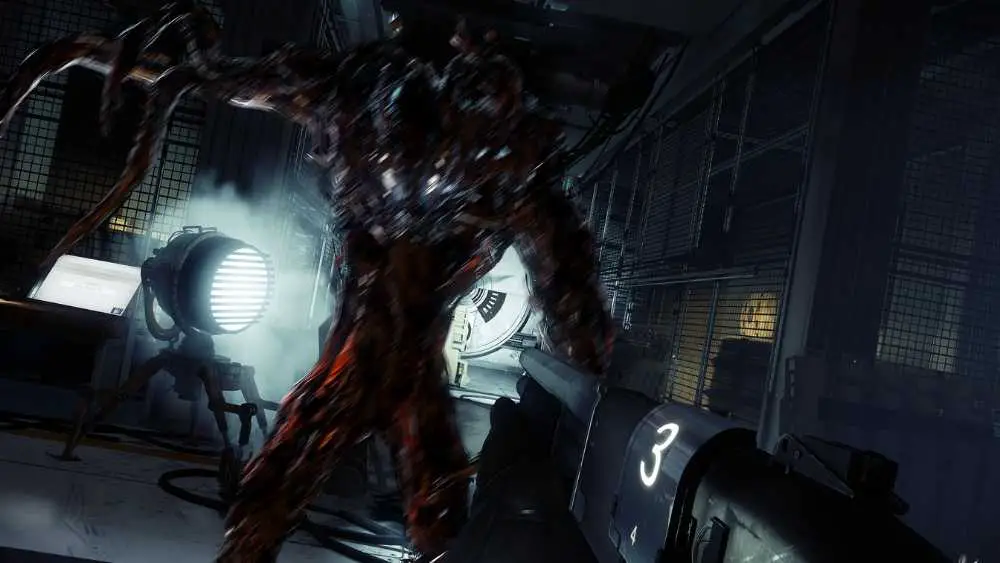
It’s not the first time I am mentioning Prey, an immersive sim that dabbles in more genres than most competitors. Prey is a first-person RPG immersive sim horror experience with a similar art deco style to Bioshock in its aesthetics and environments. Hell, sometimes Talos looks like what Rapture would have if it was built in space and had more white than the brownish colour that we see in Bioshock.
I cannot talk about Prey for the third time without giving anything away about its story, and just like Spec Ops, it’d be a grave mistake on my part to take away someone else’s opportunity to experience this underrated gem. But I should warn the more casual player this game doesn’t hold hands as much as other titles on this list do. Some decisions have lasting consequences. Sometimes you can unknowingly cause harm to your cause by taking actions you had no idea would have ramifications.
This game is the exact opposite of Doom; you cannot rush into fights, you won’t get heal drops from enemies. Instead, you get loot which you can then synthesize into something useful. So tread carefully and be aware, and you’ll be alright, Morgan.
7. Fallout: New Vegas
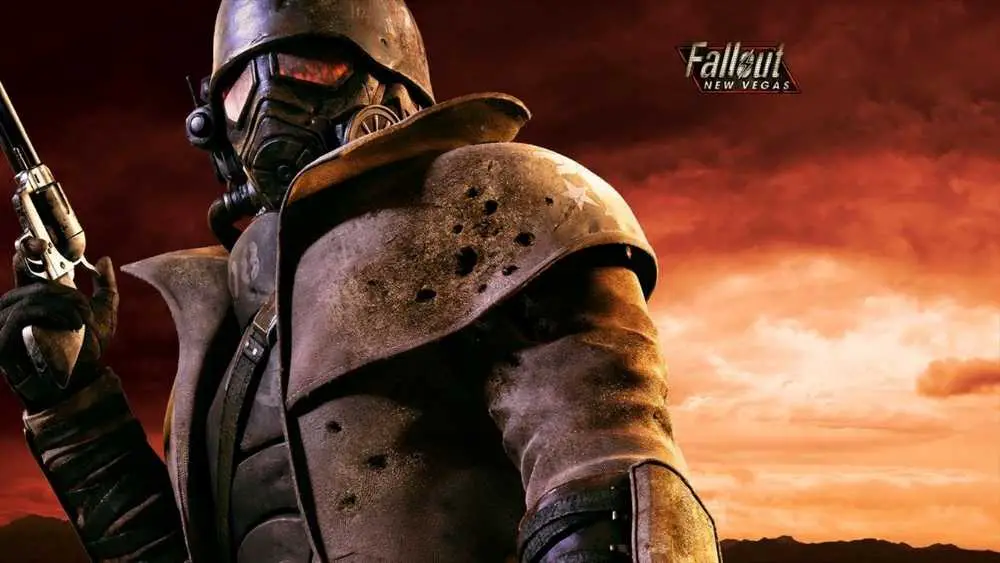
Another FPS ARPG, but this time developed by Obsidian, is no underrated gem, unlike Prey. Some might argue it’s overrated, but opinions exist, and we’re all entitled to them. I feel like NV is the best Fallout we ever got. New Vegas starts with the player getting shot in the head, and after the usual RPG character build and tutorials, you’re free to explore.
There’s a lot to do in this game, for example, going out of your way to save a town or destroy it using a bomb that’s right below it. Of course, there’s also the end goal of finding the guy who shot you and take revenge, wild west style.
There’s not much to add here besides that, Fallout: New Vegas is your standard FPS RPG affair, which paved the way for Fallout 4, one of the worst Fallout games I have ever played (That’s not to say Fallout 4 is a bad game it just didn’t quite strike the same tone as New Vegas). Perhaps the bar was set too high.
FPS is a saturated genre, thanks to Call of Duty. Every year sees the release of at least 15-20 AAA FPS titles, and most are just the same game reskinned and with a different map (Case in point, Far Cry). But every now and then, games are released that are better than their peers or, at the very least, introduce a new mechanic giving the genre a breath of fresh air. Games like Doom and Bioshock set out to do exactly that. It’s the same gameplay loop of running from point A to point B and dealing with whatever’s in between. But to do so in a unique method, so the game doesn’t feel dull or drab. Let us hope the coming years gives us more games like Prey and Bioshock and fewer games like Wolfenstein: Youngblood.
Want to find out similar suggestions for other games as well? Visit our Games Like hub.

